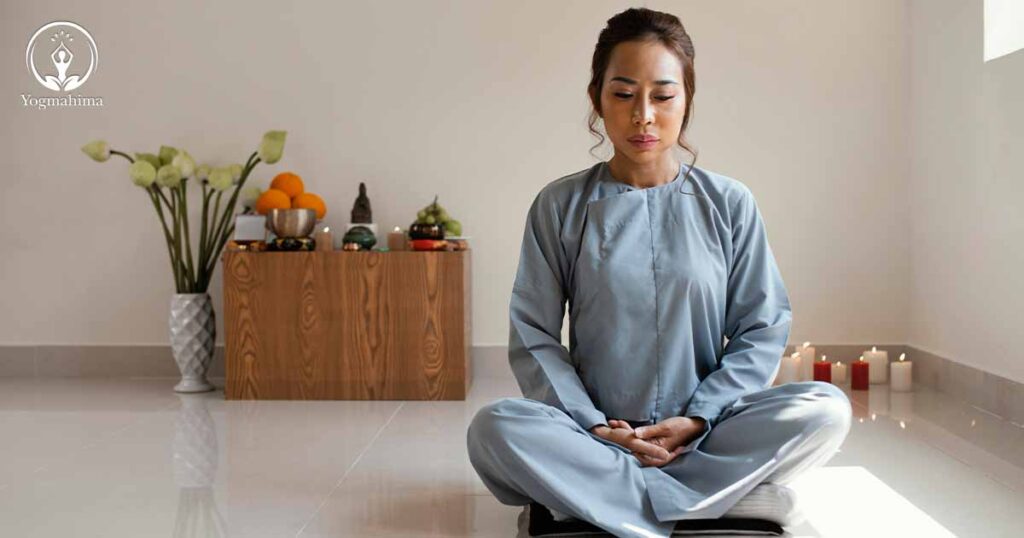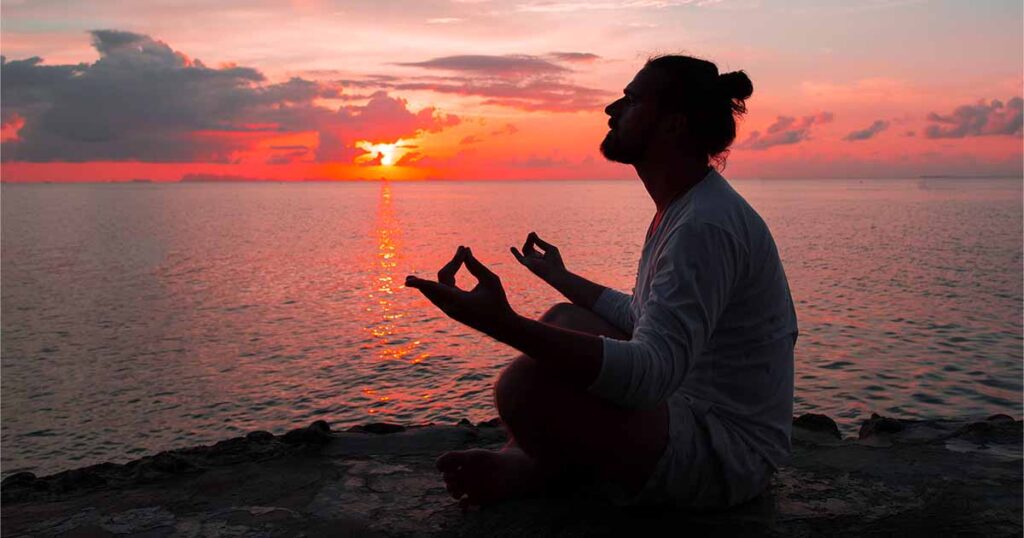
Meditation is a great practice for becoming more peaceful, more focused, more appreciative, more attentive to life, and less worried about discomfort. Doing a few minutes of meditation can help you restore your calm and inner peace. Anyone can practice meditation; all it requires is a quiet place and time. Meditation is about focusing on the present rather than dwelling on the past. It is so simple that it can be done anywhere, anytime. If you are ready to start somewhere, there are many basic meditation techniques for beginners, which they can learn from themselves by watching videos or from an expert.
How to Get Started
These are a couple of meditation basics that flow between every meditation technique:
Focused Mind

There is a misconception that meditation makes your mind quiet and calm; however, in reality, our mind is always thinking. It is normal for our mind to be active while meditating; it is important to acknowledge this while bringing the focus back to breathing.
State of Consciousness
Maintaining a quiet mind while focusing on the present can lead to a high level of consciousness. Meditation increases the brain in an area where the brain is associated with happiness, positive thoughts, and emotions. The regular practice of meditation brings positive brings positive changes in these areas.
5 Simple Meditation Techniques for Beginners
If you are starting to try some new meditation steps for beginners, here are some useful techniques. These are the jumping-off points to understand the practices and differences between some of the most common options.
1. Focused Meditation
Focused meditation aims to focus on something with intention without engaging your thoughts on it. You can choose a visual, like an ocean wave or statue, something constant like your breathing, or “unconditional compassion”.
People often find it easier to do this than to focus on nothing. But the idea is the same: staying in the present, listening to the commentary from your conscious mind and slipping into the altered state of consciousness.
2. Activity-Oriented Meditation
This type of meditation combines meditation with activities that you may already enjoy and lets you focus on the present. With this type of meditation, you engage in a repetitive activity where you get into a zone and experience flow. The activity-oriented meditation allows your brain to shift and quiet your mind.
3. Basic Meditation
This meditation type mainly involves your breathing. Sit in a comfortable position and use breathing as a point of focus. If you find your mind gets distracted by thoughts or notice your mind is wavering, relax and again concentrate to focus on your breathing.
Also Read: 8 Best Yoga Poses for Core Strength: Achieve Strong Abs
4. Spiritual Meditation

Meditation can be spiritual, though it is not specific to one religion. All can practice it. They can meditate on a singular question until an answer comes and find a clear reason why they are meditating. Many also practice Kundalini meditation for mind and body connection.
5. Mindfulness Meditation
Mindfulness is a form of meditation that involves staying in the present moment rather than thinking about the future or fast. While the concept is simple, it isn’t easy to practice. Focusing on the sensation you feel in the body is one way to stay in the present. Focusing on emotions where you feel and not examining why you are feeling them, just experiencing them, is another way of staying in the present.
Conclusion
To lead a positive and calm life, meditation should be the priority. These effective meditation techniques for beginners will certainly bring a positive change to everyone who practices them. Make sure you do it in the right way. Whichever method you choose, keep in mind that consistent practice for even 5 minutes is more valuable than a session for a longer duration. In the end, the guided meditation techniques give you the best results, so you should stick to them.
Take your meditation to the next level with Yogmahima. Elevate your meditation experience with us as we guide you through mindful and deep breathing techniques, as well as spiritual exploration, empowering you to reach new heights of wellness and self-discovery.
Frequently Asked Questions (FAQs)
Q1: How often should I meditate?
A1: You should meditate regularly, even if it is for a short period. Start with simple meditation practices and then proceed to little complicated practices.
Q2: What are some easy meditation techniques?
A2: Some techniques are mindfulness meditation, spiritual meditation, focusing on your breath, and body scan meditation.
Q3: Where should I meditate?
A3: A quiet, comfortable space where no one would disturb you will be the ideal place.
Q4: What are the popular breathing exercises for meditation?
A4: The 4-7-8, alternate nostril breathing, belly breathing, and mindful breathing are some of the most common and yet popular breathing exercises.
Q5: What are beginner meditation tips?
A5: Choose a comfortable position, focus on your breath, start short, try guided meditation, try a body scan, and try yoga. These are the basic meditation tips for beginners.
Also Read:
9 Surprising Health Benefits of Prenatal Yoga for Expectant Mother
7 Essential Yoga Poses to Avoid During Pregnancy
Top 10 Hatha Yoga Poses for Beginners: A Complete Guide
Discover the Best Yoga Poses for Lower Back Pain



No Comments yet!